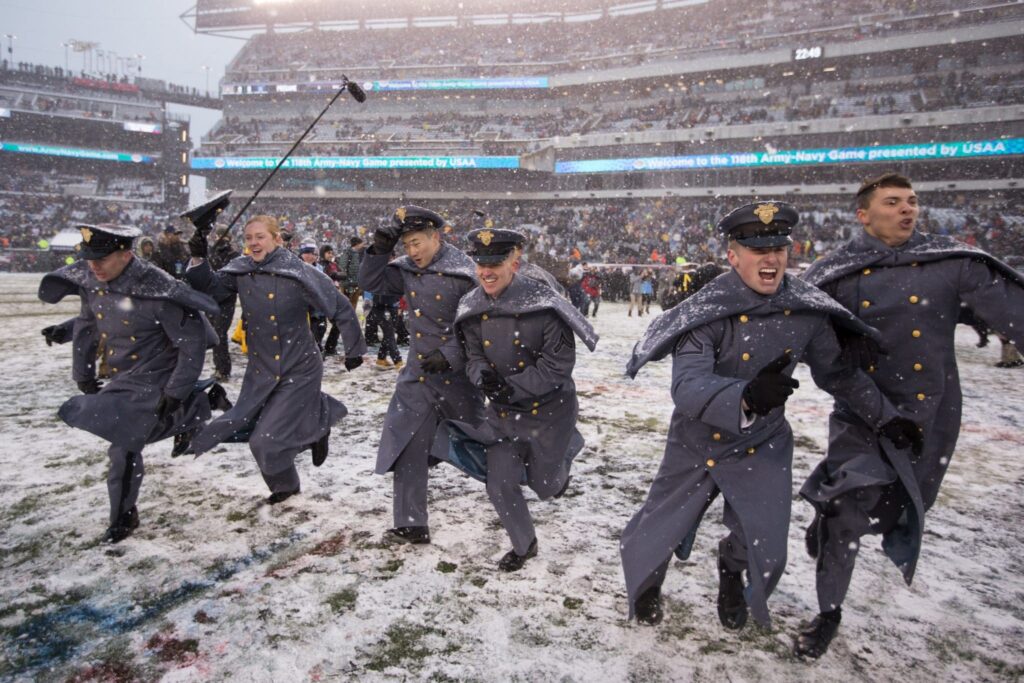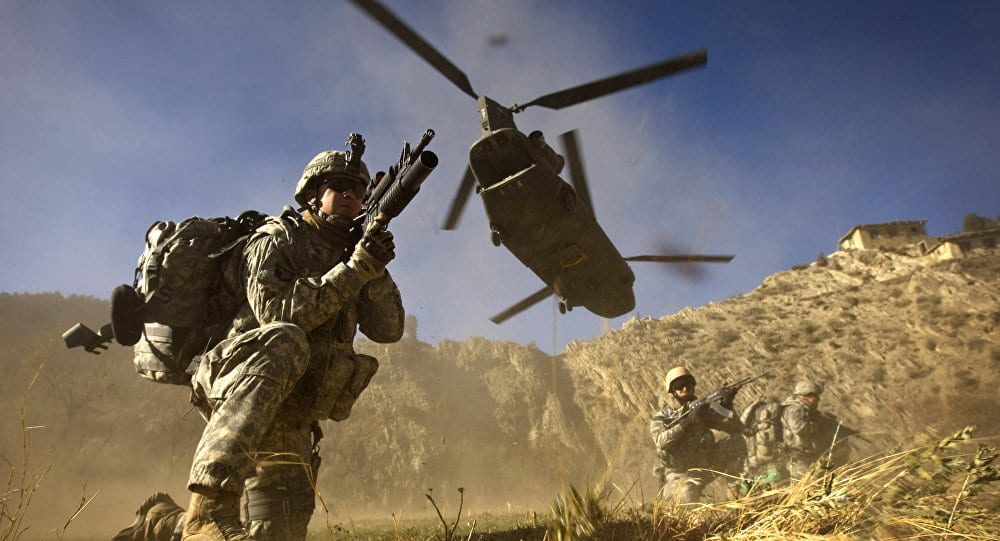
- The App
- Sandboxx News
- Resources
Learn
- Company
About
Become a Partner
Support
- The App
- Sandboxx News
- Resources
Learn
- Company
About
Become a Partner
Support
The Army Reserve will turn 112 on April 23, 2020. And while Army Reservists may be a bit too busy to celebrate the milestone, we’re...
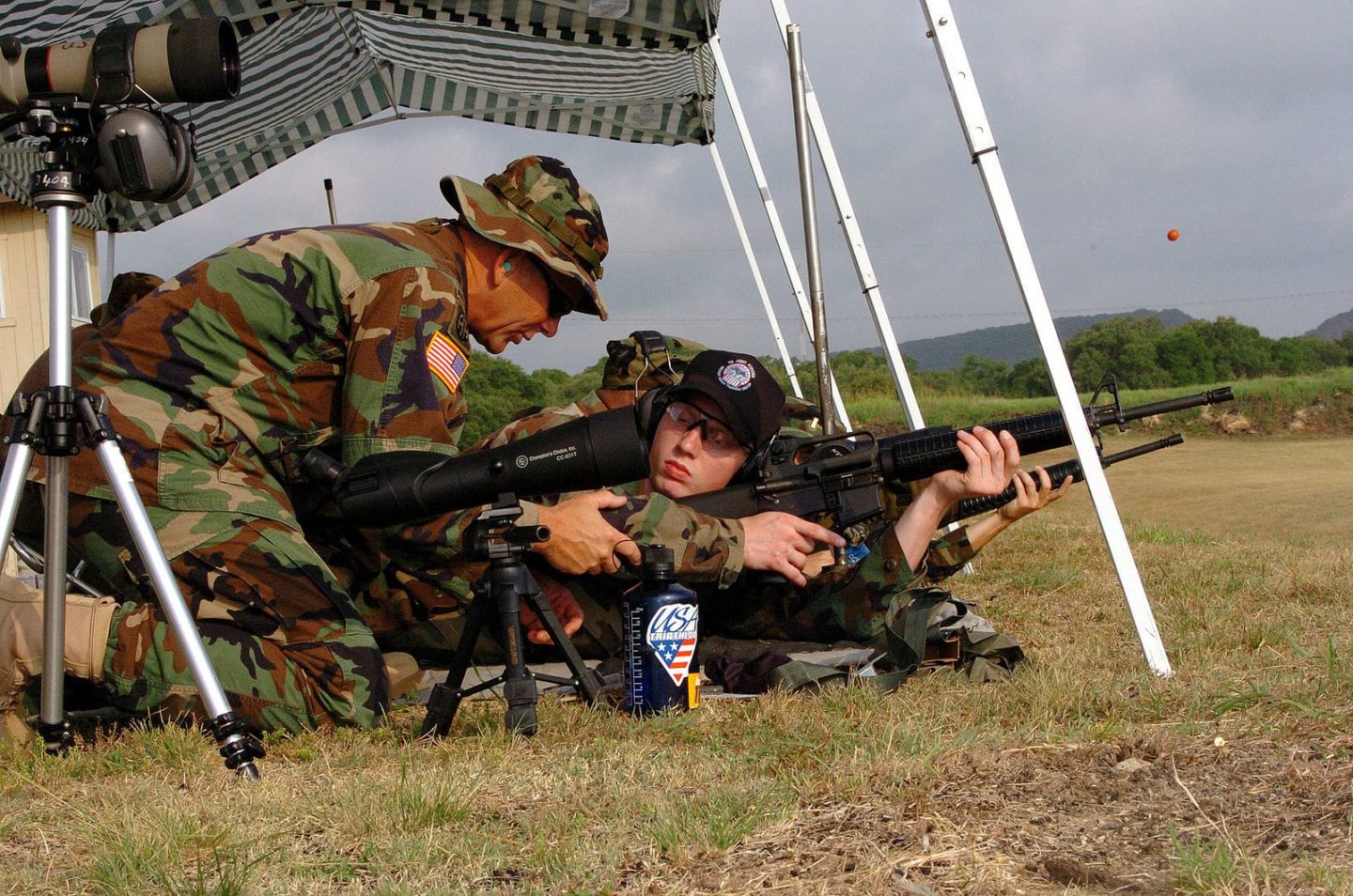
The Army Reserve will turn 112 on April 23, 2020.
And while Army Reservists may be a bit too busy to celebrate the milestone, we’re happy to remind everyone in the military community of the occasion.
Back in 1908, it was known as the Medical Reserve Corps. Now, today’s U.S. Army Reserve is a global operational reserve force focused on supporting America’s active duty.
While it may be a part-time role, the Army Reserve as a whole serves very much in a full-time capacity.
Because we love to celebrate the birth of every branch and its related component, there’s no time like now to dive into some military history.
In honor of the Army Reserve’s birthday, here’s a look at how its thrived over the years:

The Army Reserve roots run deep.
On the official record, today’s Army Reserve was created in 1908 when Congress organized the Medical Reserve Corps. This move allowed American citizen-soldiers to remain under federal control whether our country was at war or not. This gave the appearance of a larger military force worldwide.
During those early years, the reserves were known as the Organized Reserve Corps. This group of men included trained reserve officers and enlisted men who could go to war, if needed. This corps was for “as many as 27 reserve infantry divisions and six reserve cavalry divisions located across the nation,” according to an Office of Army Reserve History report.
Over the years, Reservists have fought in a variety of wars. Their involvement includes both World Wars, the Cold War, the Korean War, the Vietnam War, the Persian Gulf War, Desert Shield/Desert Storm, Operation Provide Comfort, and other missions.
The Korean Conflict changed everything, though. That’s when Congress significantly changed the role and structure of the Army Reserve. The changes turned the Organized Reserve Corps into the United States Army Reserve (USAR) to include the Ready Reserve, Standby Reserve, and Retired Reserve.
Fast forward several decades, and the Reserve has grown by leaps and bounds with more than 11,000 civilians operating worldwide.
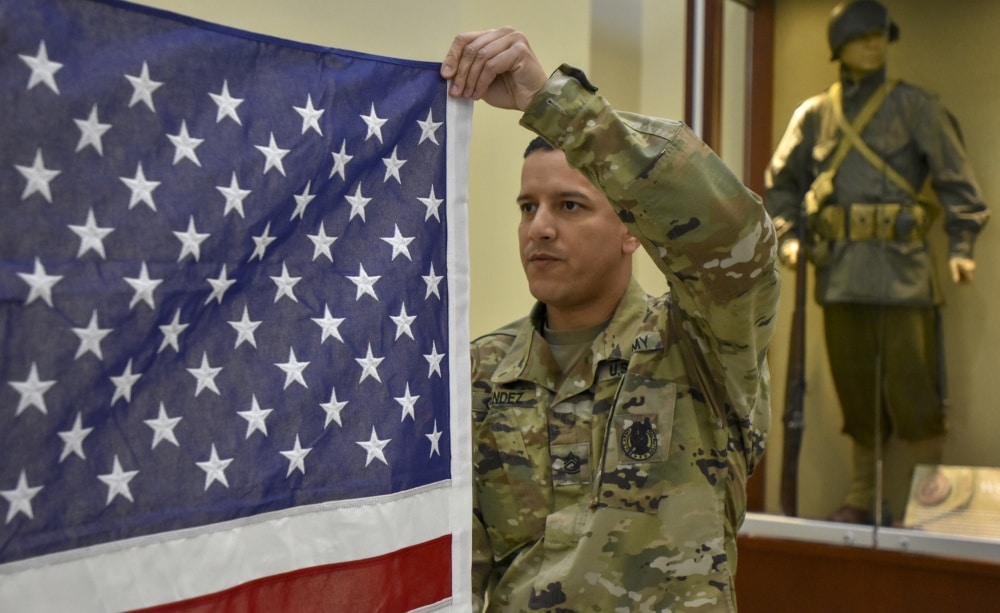
The Army Reserve communities have grown impressively over the years and accounts for 20 percent of the Army’s organized units. Reservists are located in every state and five U.S. territories including D.C., Guam, American Samoa, Puerto Rico, and the U.S. Virgin Islands — and 30 countries.
Here’s a look at the impressive power of the Army Reserves:
Since 2001 alone, the Army Reserve has been mobilized and routinely deployed in 30 countries around the world to include every major combat zone.
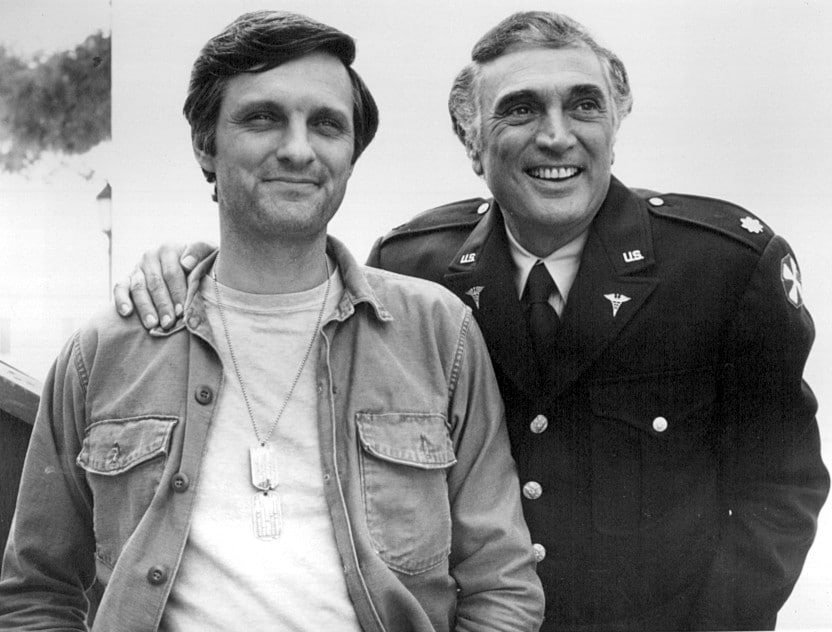
Plenty of individuals join the military. Many have also joined the Army Reserves, too. Here’s a look at some of the most famous Army Reservists you’ve probably heard of:
Some of the most unique Army Reservists include:
Capt. Deshauna Barber is the only member of the Armed Forces to ever win the Miss USA crown. Barber was also among the final top nine contestants in the 2017 Miss Universe Competition. As Miss USA, she worked directly with soldiers suffering from PTSD and focused on suicide prevention in the armed forces.
Sam Kendricks is an accomplished American pole vaulter and Reservist. In 2019, Kendricks set the American pole vault record. In 2016, he won the Olympic bronze medal in the men’s pole vault in Rio. He’s also responsible for setting both the indoor and outdoor pole vault records at University of Mississippi when he was a freshman.

Curious about how you can join the Army Reserve?
If you want to make a difference in your community and for your country, use your civilian training and bring it over into military life. It’s a part-time role with full-time benefits. Your service as a Reservist is between three to six years.
To join you must:
Part-time service as a Reservist means you serve at least one weekend per month and two additional weeks per year. You have the ability to scale up or down depending on your life and career needs.
Generally, reservists are not deployed. Army Reservists typically fill active duty positions when the active duty soldiers are deployed. But it’s important to note are times when Reservists may be deployed.
Even though you will spend a limited amount of your time on duty, Army Reservists earn competitive salaries and also have access to a wide range of benefits.
As a Private, for example, you will make more than $3,000 a year. You’ll also receive health care insurance, retirement, and education benefits. As you move up in rank, your pay increases. You may also qualify for bonuses and incentives, including a skills bonus or Officer Candidate School bonus.
Best of all, most Reservists serve within 90 minutes from home, so they’re never far from family and friends.
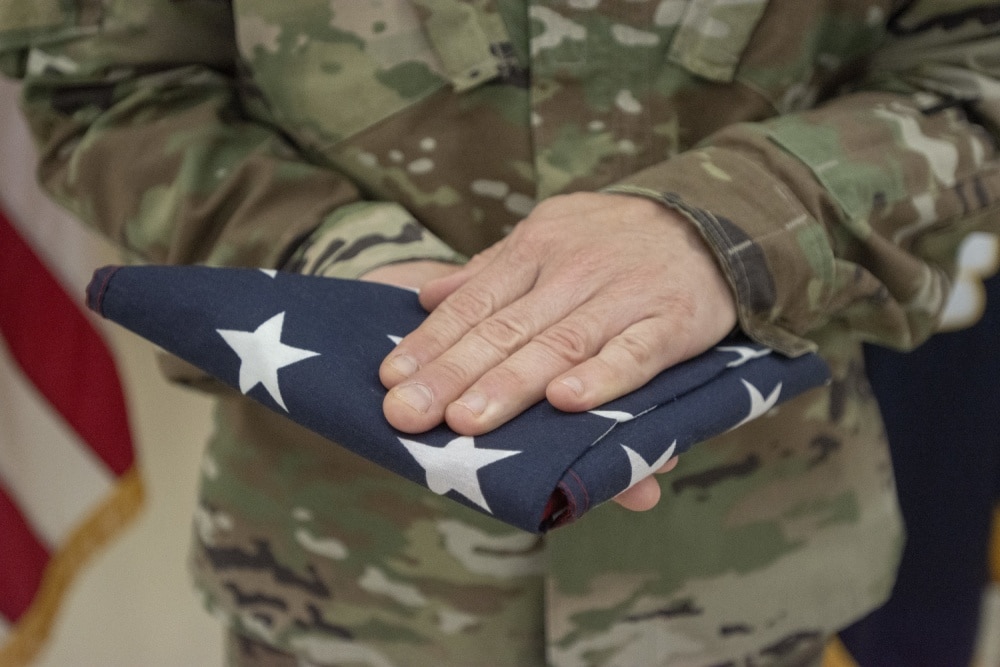
From the team here at Sandboxx, we’re grateful to those who have served over the years in the Army Reserves.
This Army component thrived for the last 112 years thanks to dedicated individuals who felt called to serve. And there’s no way it would have survived without the support of Reservist families, either.
And for that, we say there’s a lot to celebrate!
Want to wish the Army Reserve a happy birthday and encourage our country’s Reservists?
Drop a birthday message and words of support on our Facebook page.
Curious about the difference between the Army and Army Reserve lifestyles? Check out our post here for everything you need to know that differentiates these two service opportunities.
Feature image: Army photo by Master Sgt. D. Keith Johnson/RELEASED



